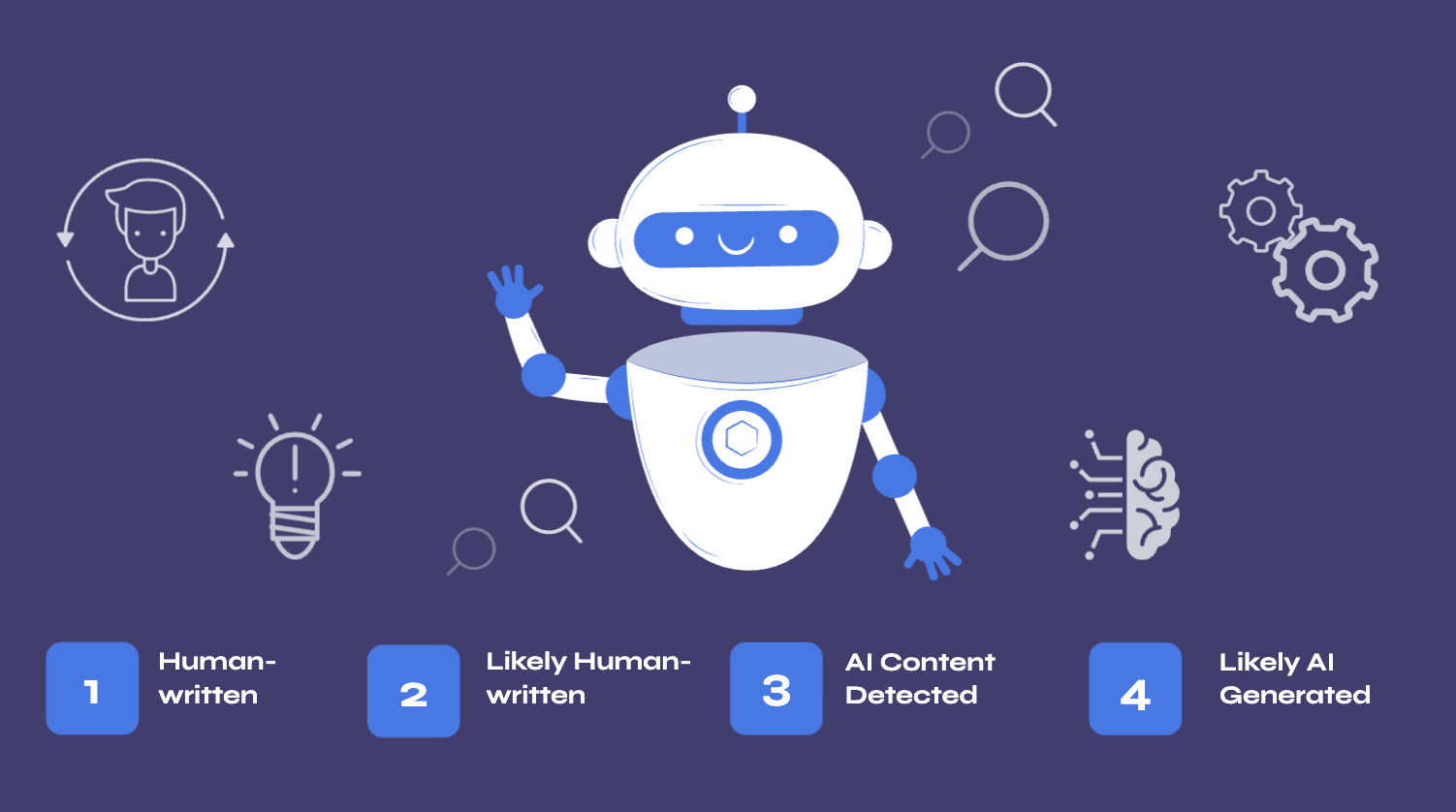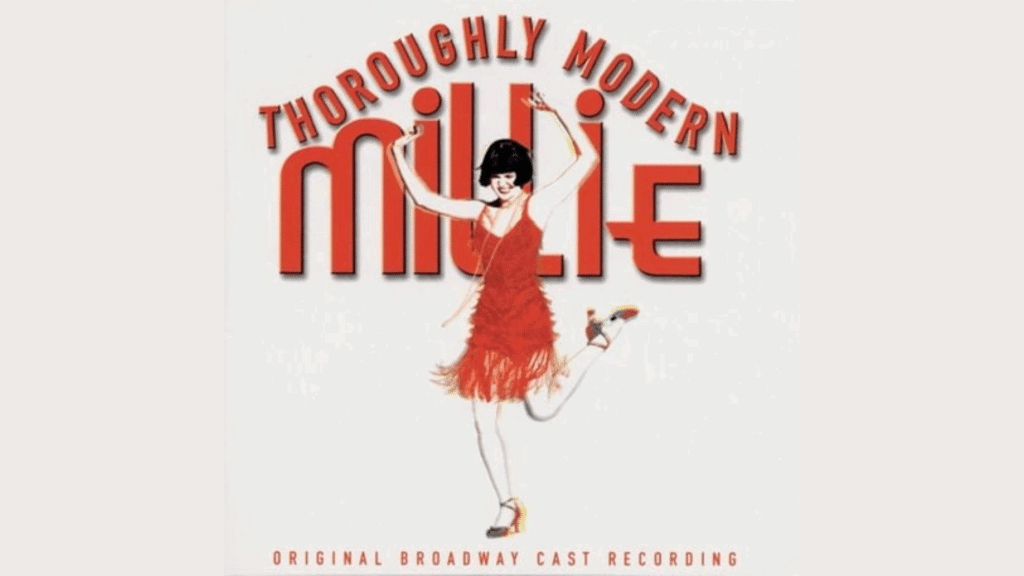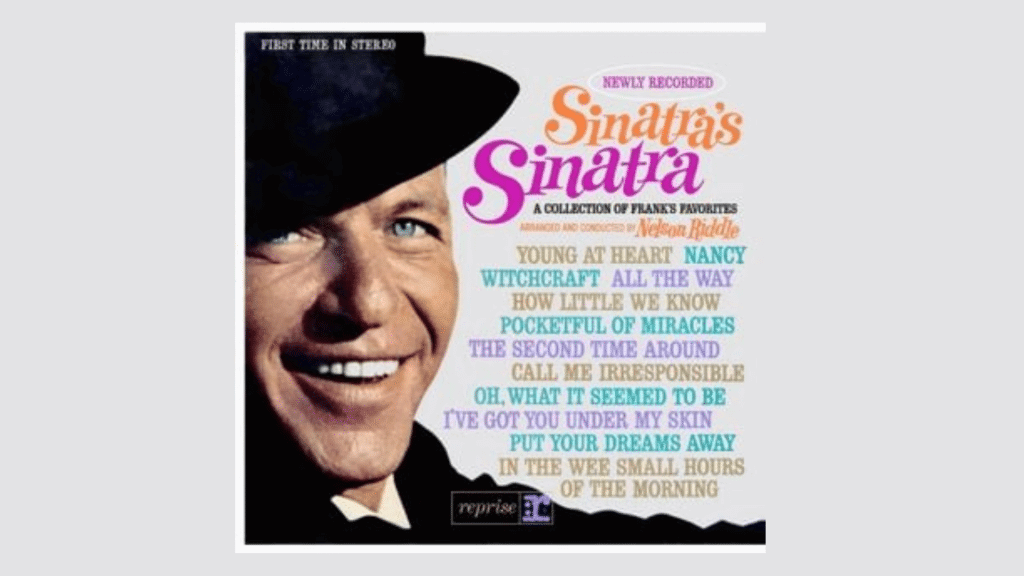The rise of AI-generated content has created new challenges for digital content creators, educators, publishers and marketers. How can you ensure content quality and authenticity when AI tools like ChatGPT can produce human-like text on any topic in seconds?
This article reviews the 7 top AI content detection tools to help identify machine-written text. We tested the accuracy, ease of use and key features of the leading solutions.
Overview of AI Content Detection

Before diving into the reviews, let’s briefly overview how AI detection tools work and why they matter.
What is AI-Generated Content?
AI-generated content refers to text, images or video created by artificial intelligence systems rather than humans. The most common form is AI-written text, which exploded in popularity after the launch of ChatGPT in late 2022.
ChatGPT and tools like Anthropic’s Claude can produce articles, essays, tweets, ads, emails and more on virtually any prompt with quality resembling human work.
The Risks of AI Content
The core risk is misrepresenting AI output as human-created when it is not. This erodes trust and threatens content quality.
Specific issues include:
- Plagiarism: AI tools can remix and repurpose content without attribution.
- Inaccuracy: AI can make up facts, stats and details or repeat outdated information.
- Bias: AI models reflect biases in data used to train them.
The Case for Detection
Identifying AI content with the help of reliable AI detector services from Smodin, for example, allows creators, publishers and platforms to:
- Maintain trust and transparency with audiences
- Uphold quality standards and policies
- Provide attribution to AI creators
- Assess content accuracy and risks
Automated detection complements manual reviews to handle volumes of user-generated text efficiently.
Testing Methodology
We tested seven AI detection services that offer free trials or freemium access. Solutions focused solely on academic integrity were excluded.
The tools were evaluated on:
- Accuracy: Ability to correctly identify AI vs human text
- Usability: Ease of getting set up and using the tool
- Capabilities: Detection strength plus additional features
- Pricing: Free and paid plans available
We generated text samples using Claude and GPT-4o for the tests. The samples include blog posts, tweets, emails, poems and conversational text.
7 Best AI Content Detectors

Here are the top tools we recommend based on hands-on testing:
1. Smodin: Best Overall Accuracy
Smodin emerged as the most accurate AI detector in our testing. This capable tool also provides a strong set of companion capabilities for generative writing.
Accuracy
Smodin delivered reliable AI detection across different sample types, correctly identifying 100% of our AI content on the first pass.
We re-tested samples after several days and found 2 instances that were originally missed were detected in the second check. This suggests the tool’s classification model is actively maintained and improving over time.
Ease of Use
Using Smodin is very straightforward:
- Copy/paste text or upload documents
- View color-coded AI highlights
- See the overall AI percentage
Free users can process up to 5,000 characters per check. Paid plans support up to 50,000.
Capabilities
Alongside AI detection, Smodin provides a full suite of AI writing capabilities:
- Summarizer
- Rewriter and enhancer
- Writing assistant
- Plagiarism checker
This makes it easy to optimize and develop content using the same toolset.
Pricing
Smodin offers a free plan with 5 checks per week. Paid plans start at $12 per month for individuals. Volume discounts are available.
2. Copyleaks: Best for Bulk Detection
Copyleaks offers reliable AI detection with a focus on supporting content teams and large-scale operations.
Accuracy
In our tests, Copyleaks provided accurate AI detection across different content types that were on par with Smodin.
A few samples that tripped up other tools were correctly classified by Copyleaks. The tool seems well-equipped to handle variations in AI writing styles.
Ease of Use
The interface allows single uploads as well as bulk batch processing. Useful filters help dig through detection results.
A browser extension lets you check web pages instantly. APIs are available to integrate detection into workflows.
Capabilities
Copyleaks was originally built for plagiarism checking. Alongside AI detection, key features include:
- Bulk content processing
- Custom API access
- MS Word plugin
- Browser extension
Pricing
Copyleaks offers a free trial. Paid plans start at $14 per month, billed annually for individuals, and go up based on word count needs and team size.
3. ZeroGPT: Promising New Detection Tool
ZeroGPT is a promising new AI detection tool that claims high accuracy, though Originality.ai scored better in independent tests. The tool is easy to use and has clear results.
Accuracy
ZeroGPT claims over 98% accuracy in detecting AI content. However, third-party tests have found Originality.ai to be more reliable. As a new offering, ZeroGPT detection may continue improving.
Ease of Use
The tool has a straightforward interface:
- Paste or upload text
- View AI highlights
- See the overall AI percentage
Free users can process 15,000 characters per check. Paid plans support up to 100,000.
Capabilities
ZeroGPT focuses specifically on detecting AI-generated text, including outputs from ChatGPT, Claude and others.
Pricing
It offers free and paid plans ranging up to $26.99 per month. The free plan provides detection for up to 15,000 characters.
4. Scribbr: Best Free Starter Tool
Scribbr offers a capable free AI detector that works for basic detection needs despite some accuracy limitations.
Scribbr demonstration
Accuracy
During our tests, Scribbr correctly identified most AI content samples.
However, it struggled with some conversational text and did miss a few samples. Precision seems higher with more formal writing styles.
As a free starter tool, it can still be quite useful, but expect to do some double-checking.
Ease of Use
Scribbr’s detector shares an interface with its other editing tools:
- Paste or upload text
- View AI highlights
- See overall score
Free users are limited to 1,200 words per check.
Capabilities
Alongside AI detection, Scribbr provides free access to key editing tools:
- Grammar checker
- Plagiarism checker
- Readability analysis
- Proofreader
- Paraphrasing
Pricing
Scribbr offers what is likely the most robust freemium offering among commercial detection tools. Free users get 5 checks per week.
Paid plans with unlimited checks start at €9.99 monthly but aren’t mandatory to start out.
5. Quetext: Best Newcomer
Quetext is a promising recent entrant, offering free AI detection backed by a proven plagiarism checker.
Accuracy
This new tool is off to a strong start, correctly identifying the majority of our AI content samples with few false positives on human text.
Early accuracy puts it on par with more established competitors. As Quetext gathers more data, results should only improve.
Ease of Use
Quetext provides an intuitive interface familiar to plagiarism checkers:
- Enter or upload text
- View color-coded highlights
- See the overall match percentage
Free users can process up to 250 words per check.
Capabilities
The tool aims to detect AI-generated or altered text and unattributed copying.
Alongside AI detection, key features include:
- Plagiarism checker
- Readability metrics
- Grammar suggestions
- Text rewriting
Pricing
Quetext offers detection for free with no registration required. Paid plans unlock additional features starting at $16 per month.
6. Grammarly: Popular But Less Accurate
Grammarly aims to add AI detection to its popular editing tool suite but delivers mixed accuracy results for now.
Accuracy
As an early capability, Grammarly’s AI detector only recognized about half of the test samples correctly during our evaluation.
A lot of AI content passed through without flags. The tool currently seems optimized to limit false positives more than catch-all AI text.
Ease of Use
Grammarly’s smooth, familiar interface makes it easy to check work:
- Enter or paste text in the editor
- View highlight marks
- See the overall AI score
Detection activates automatically as you type or when processing a document.
Capabilities
Grammarly seeks to round out its robust editing capabilities with AI detection:
- Grammar checker
- Plagiarism checker
- Tone adjustments
- Readability metrics
- Word choice suggestions
Pricing
Grammarly offers a free plan. AI detection and more advanced capabilities require a paid subscription starting at $12 per month, billed annually.
7. Winston AI: Leading Integrated Detector
Winston AI combines AI detection capabilities with integrated plagiarism checking and image analysis.
Accuracy
The tool claims 99.98% accuracy but scored lower in third-party testing. Continued development may boost reliability.
Ease of Use
Winston AI provides an intuitive interface:
- Enter text or upload documents
- View highlights
- See overall AI probability
Capabilities
Alongside AI detection, Winston AI provides:
- Plagiarism checking
- Image analysis to catch AI-generated art
- Browser extension
Pricing
Winston AI plans range from free to $32 per month. Free users can run 2,000 detections over 14 days.
Key Takeaways and Next Steps
With AI-generated content on the rise, automated detection provides a scalable way to identify machine text risks across volumes of user-generated content.
Our testing found an emerging group of capable detection tools available. Smodin led overall for accuracy and features, with Copyleaks, Two Neurons and Scribbr also excelling in certain capability or pricing dimensions.
No solution is perfect yet. But maturing options now enable creators, educators and platforms to:
- Audit content libraries for existing AI usage
- Filter user submissions to identify AI text
- Alert reviewers to assess, edit or attribute AI content before publication
- Block AI content that violates policies around creation, topic, quality or facts
Detection works best together with human review processes to account for accuracy limitations.
Look to deploy a shortlist of detectors suited to your use case:
- Individuals: Start with free tools like Two Neurons or Scribbr
- Teams: Consider Smodin or Copyleaks for expanded capabilities
- Enterprises: Evaluate Scribbr, Copyleaks or custom API options
Ongoing tool updates and new entrants promise continued advancement in accuracy, speed and scope. Stay tuned for the latest developments. Hopefully, this review will provide a useful starting point for evaluating AI detection in your content.




















